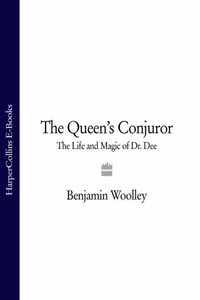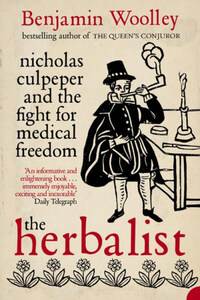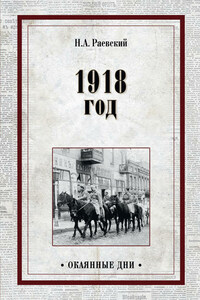THE QUEEN’S
CONJUROR
The Life and Magic of Dr Dee
BENJAMIN WOOLLEY
Flamingo
An Imprint of HarperCollinsPublishers 77-85 Fulham Palace Road, Hammersmith, London W6 8JB
www.harpercollins.co.uk
First published in hardback by HarperCollins 2001
Copyright © Benjamin Woolley 2001
Benjamin Woolley asserts the moral right to be identified as the author of this work
All rights reserved under International and Pan-American Copyright Conventions. By payment of the required fees, you have been granted the non-exclusive, non-transferable right to access and read the text of this e-book on-screen. No part of this text may be reproduced, transmitted, down-loaded, decompiled, reverse engineered, or stored in or introduced into any information storage and retrieval system, in any form or by any means, whether electronic or mechanical, now known or hereinafter invented, without the express written permission of HarperCollins e-books.
HarperCollinsPublishers has made every reasonable effort to ensure that any picture content and written content in this ebook has been included or removed in accordance with the contractual and technological constraints in operation at the time of publication.
Source ISBN: 9780006552024
Ebook Edition © OCTOBER 2011 ISBN: 9780007401062 Version: 2014-10-17
‘He cometh unto you with a tale which holdeth children from play, and old men from the chimney corner.’
SIR PHILIP SIDNEY, DEFENCE OF POESY
For clarity and consistency, the spellings used in quotations have generally been modernised. I have also adopted the Gregorian calendar for dating events, including those occurring when the old style Julian calendar was still in use. The Gregorian system or ‘new style’ was introduced on 4 October 1582, making that month ten days shorter. It also standardised 1 January as New Year’s Day. England continued to use old style dates, celebrating New Year on Lady Day, 25 March. This means, for example, 1 March 1584 old style converts to 11 March 1585 new style. Where an old style date identifies an original document (such as a letter), it has not been converted.
Following Dee’s example, I have also anglicised the names of some of the people and places he encountered during his travels.
The primary source material for this book is a collection of diaries written by Dee. The personal diaries are preserved in the Bodleian Library at Oxford, the diaries recording his angelic ‘actions’ at the British Library in London. Selections have been published by Casaubon in True and Faithful Relation, Halliwell in The Private Diary of Dr. John Dee and most recently Fenton in The Diaries of John Dee (see the Bibliography for complete references). I would like to thank Edward Fenton for allowing me to quote from his book, and also for his help with my researches and writing.
For help with researches in Bohemia and Poland, thanks go to Michal Pober, György Szônyi and Yustyne Kilianćzyk, who accompanied me during my travels, and to Václav Bužek, Vladimir Karpenko, Lubos Antonin, Lubomir Konecny and Denisa Kera. For suggestions, corrections, contributions and translations, thanks go to Robin Cousins, Michal Pober, William Sherman, Stephen Clucas, Darby Costello, Alan Stewart, Stephen Clucas, William Stenhouse and Anke Holdenried. I should also like to acknowledge the authors whose recent scholarship has been invaluable in the compilation of this work, particularly Michael Wilding, Deborah Harkness, Julian Roberts, Andrew Watson, Christopher Whitby and Jim Reeds.
Personal thanks go to Arabella Pike, Anthony Sheil, Asha Joseph and Matthew Woolley.
One day in 1642, Robert Jones, a confectioner living at the sign of the Plough in London’s Lombard Street, decided to go with his wife Susannah to Addle Street, a lane running up from Casde Baynard, the great Norman fort on the banks of the Thames.>1 The street was lined with joiners’ shops, and Mr and Mrs Jones were out to buy some ‘household stuff’. Their eyes alighted on a ‘Chest of Cedar wood, about a yard & a half long’. The lock and hinges were of such ‘extraordinary neat work’, the chest ‘invited them to buy it.’
They discovered from the shopkeeper that the chest had come from the household of Thomas Woodall, a royal surgeon.>2 Woodall had apparently inherited it from his father, who was also a surgeon. Mr and Mrs Jones bought it and took it back to Lombard Street, where it remained undisturbed for twenty years.
In 1662, they decided to move the chest. When they lifted it, they heard a rattle ‘toward the right hand end, under the Box or Till thereof, & by shaking it, were fully satisfied it was so.’ Mr Jones decided to investigate further. In the base of the box, he discovered a ‘small crevice’ or slit. He stuck a knife into it, and a hidden drawer popped out. Inside he found a collection of books, papers and a small casket containing a necklace of beads made of olive stones, from which dangled a wooden cross.










